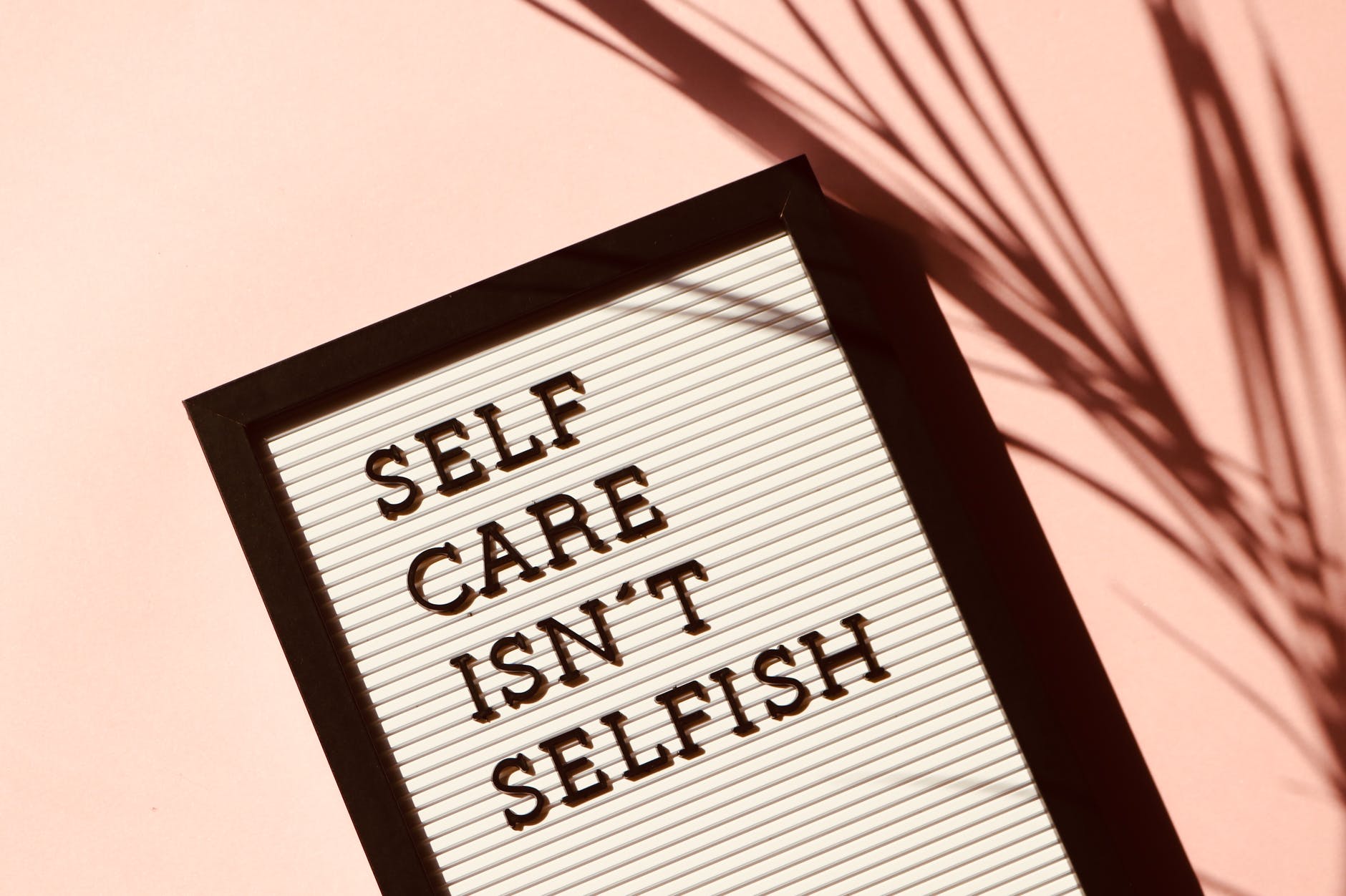Healthy workplaces tend to exhibit a common set of traits that foster excellence, productivity, and camaraderie.
Mentally healthy workers are happier, more productive, and more loyal. As a manager, you must make sure that your company has policies and practices that support a culture of growth, employee engagement, and prevention of mental illness. Does yours fit the bill? Below are 10 characteristics of a workplace that prioritizes wellness:
1. Relaxed and productive atmosphere
People enjoy going to work and do not feel stressed or afraid. They do not have to worry about being bullied, harassed, or intimidated by co-workers. Managers encourage them to be creative and think outside the box.
2. Staff that’s committed to excellence.
Because employees feel good about the company they work for, they stay focused and strive to deliver top-quality products and services.
3. Low employee turnover.
If staff retention rate at the entry or mid-levels is somewhere around 10 percent, that signifies that the employees are satisfied and the company is doing something right. This is particularly true if they are in the retail, hospitality, or IT industry, where the turnover is traditionally high.
3. Frequent, open, and honest communication across all levels.
Senior managers have an open-door policy and juniors are welcome to voice their opinions without fear of reprisal. Ideas are frequently exchanged during meetings. Difficulties are resolved in positive ways. Feedback is viewed as an opportunity for growth and not taken negatively.
4. Team members that cooperate, support, and empower each other.
Co-workers are close, loyal, and trust each other. They joke around a lot and laugh often. Everyone works smoothly together and does not engage in office politicking or backbiting.
5. Diverse and inclusive.
The workforce is composed of people of different backgrounds who are valued for their individual strengths and experiences. Employees feel that they belong but at the same time know that they are also unique among their peers.
8. Flexible and innovative.
Employees are encouraged to find new and better ways of doing business, even if the old ways are just fine. Management is also brave enough to do away with policies that do not work. .
9. Positive reinforcement
People need acknowledgement, appreciation, and gratitude to be motivated. A positive company thanks employees regularly in the forms of rewards, bonuses, raises, promotions, and certificates of achievement.
10. Emphasis on health, happiness, and well-being
The company trusts the employees enough to allow them to work on a flexible schedule so that they can lead more fulfilling personal lives without sacrificing work commitments. And when team members face challenges such as accidents, illnesses, or personal tragedies, everyone goes the extra mile and treats them with understanding, compassion, and respect.
Job stress cannot be avoided, but a healthy workplace culture can make the stressful atmosphere easier to manage and yield positive outcomes like lower employee turnover rates, reduced absenteeism, and increased productivity. Regularly ask for feedback on how your workplace could be improved, and remember to deal with problems as soon as they occur.
If you need help creating a mental health and well-being program for your company, MindNation is an innovative mental health and wellbeing company that partners with like-minded organizations to build healthier, happier, and more productive teams. Its program is based on an individual’s holistic dimensions of wellness to ensure that services provided suit his or her unique requirements and objectives. Email them at [email protected] to learn more about their products and services.
— Written by Jaclyn Lutanco-Chua of MindNation















